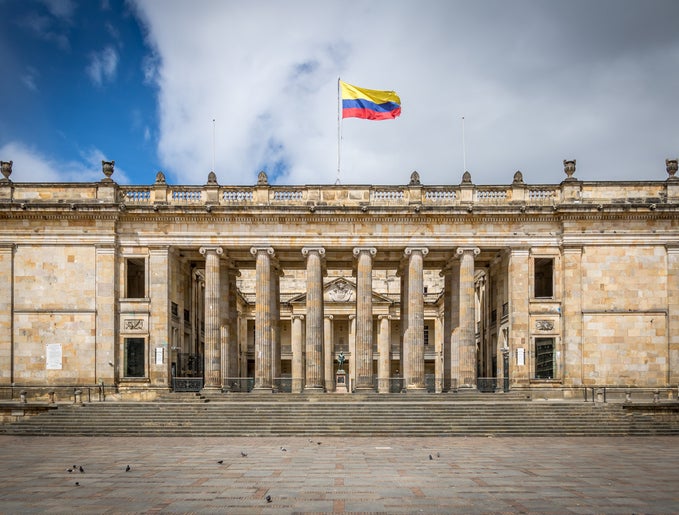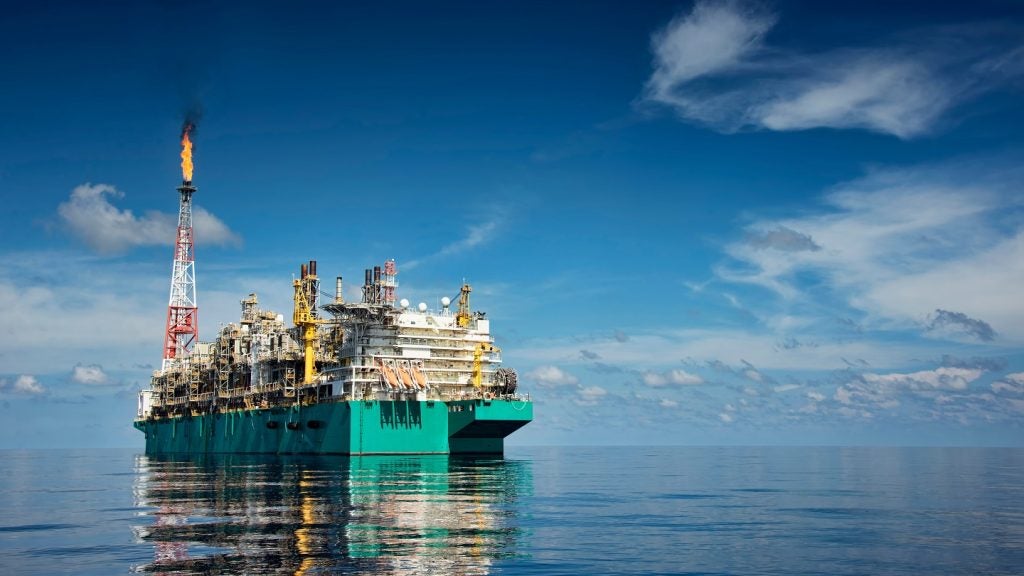Tyrving is a conventional oil development located in shallow water in Norway and is operated by Aker BP. According to GlobalData, who tracks more than 34,000 active and developing oil and gas fields worldwide, Tyrving was discovered in 1973, lies in block 25/5P (PL 102 F), 25/5P (PL 102 G), 25/4P (PL 036 E), and 25/5P (PL 036 F), with water depth of around 397 feet. Buy the profile here.
The project is currently in construction stage and is expected to start commercial production in 2025. Final investment decision (FID) of the project was approved in 2022. The development cost is expected to be $653 m.
Field participation details
The field is owned by Aker BP, Orlen and Petoro.
Production from Tyrving
Production from the Tyrving conventional oil development project is expected to begin in 2025 and is forecast to peak in 2025, Based on economic assumptions, the production will continue until the field reaches its economic limit in 2053.
See Also:
Contractors involved in the Tyrving conventional oil field
Some of the key contractors involved in the Tyrving project as follows.
Main EPC: Subsea 7
Other Contractors: Aker Solutions, Transocean and ClampOn
About Aker BP
Aker BP ASA (Aker BP) is an independent oil and gas exploration and production company. Its exploration, development and production activities on the Norwegian Continental Shelf (NCS). The company has a balanced portfolio of assets across the upstream value chain. Aker BP operates producing assets include Alvheim, Ivar Aasen, Skarv, Ula and Valhall among others. It also includes in producing assets such as Atla, Enoch and Gina Krog. The company is also a partner in a major developing project, Johan Sverdrup and has interest in additional exploration licenses. It has operations in Harstad, Sandnessjoen, Stavanger and Trondheim. Aker BP is headquartered in Lysaker, Norway.
For more details on the Tyrving Conventional Oil Field, buy the profile here.
Premium Insights
From

The gold standard of business intelligence.
Blending expert knowledge with cutting-edge technology, GlobalData’s unrivalled proprietary data will enable you to decode what’s happening in your market. You can make better informed decisions and gain a future-proof advantage over your competitors.





